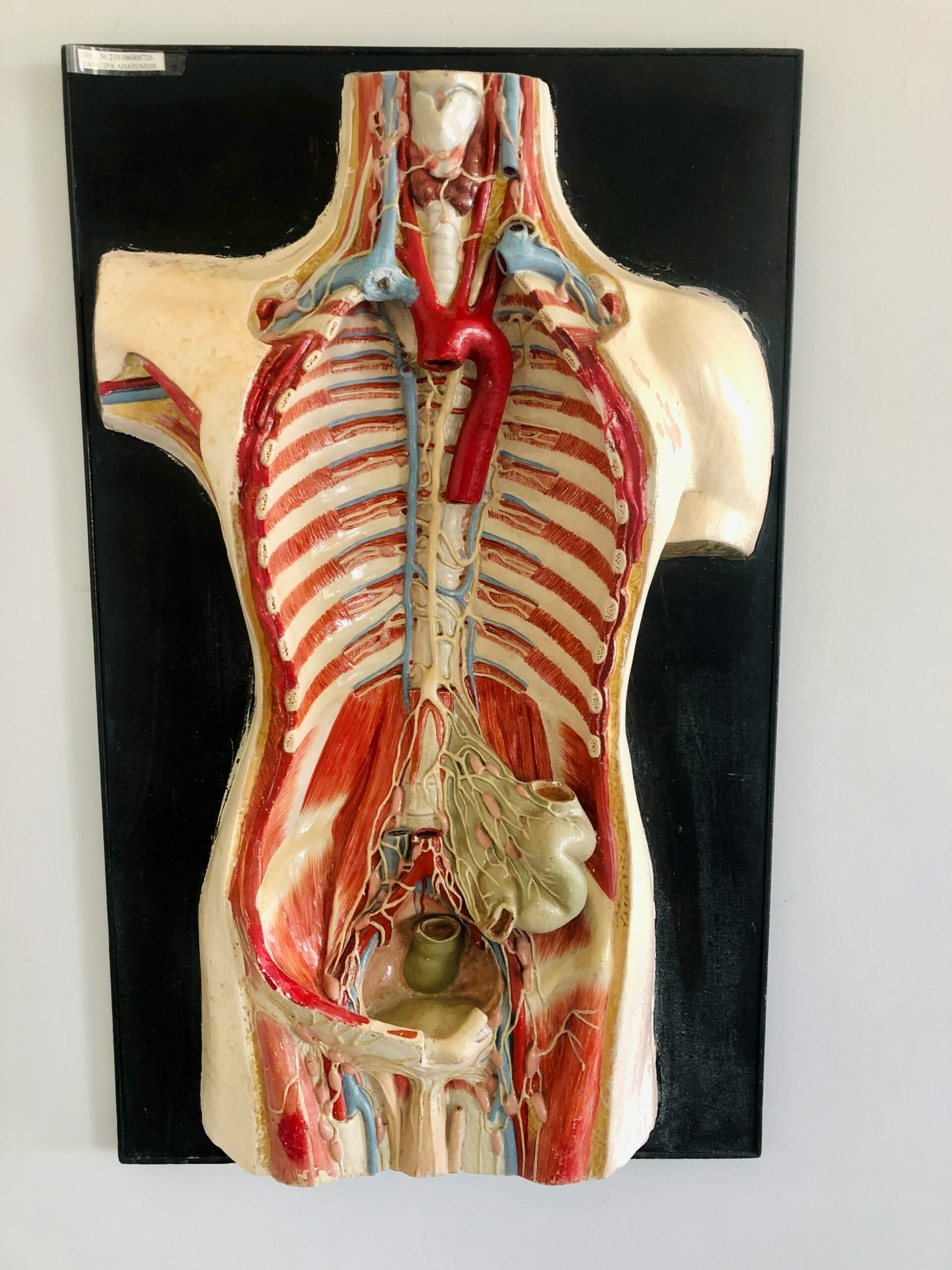4 Basic Exercises for People With Long COVID-19

Pixabay
COVID-19 may be waning, with travel resumed and face mask requirement removed. During the post-pandemic, long COVID-19 becomes persistent among the population.
US Center for Disease Control and Prevention said symptoms of post-COVID-19 are tiredness, fever, shortness of breath, chest pain, brain fog, and others.
With this, experts advise physiotherapy exercises to alleviate symptoms of long COVID-19. A study revealed that a physiotherapeutic plan and medical multidisciplinary assessment will decrease about 50% of these post-COVID-19 symptoms. One study was able to identify improvement in people with long COVID-19 after doing physiotherapy staff procedures with 12 sessions of cardiopulmonary and muscular exercises in four weeks.
The Australian Physiotherapy Association found that doing a 10-meter walk test can help reduce fatigue among long COVID-19 patients.
CognitiveFX, a US-based center for brain imaging and therapy, said ways to alleviate symptoms of a long COVID-19 patient is to do resistance training, aerobic exercises, respiratory exercises, and balance training.
Resistance Training
Nuffield Health indicated that resistance training should include one set of 15 repetitions on each gym equipment such as dumbells, kettlebells, body weight, and others, with a 45-second rest between each exercise.
Types of resistance training include leg press, Seated row, Leg extensions, Leg curls, Lat pulldown, Shoulder press, Ab crunch, Back extension, and Chest press.
Resistance training helps build muscles and is a way to revamp one’s body shape.
By doing this exercise, it can prevent heart disease by trimming body fat, dropping blood pressure, improving cholesterol, and lowering heart stress.
Aerobic Exercises
Cleveland Clinic categorizes aerobic exercises into two types, low-impact and high-impact. Low impact includes swimming, cycling, using an elliptical trainer, walking, and rowing.
High-impact, meanwhile, is running, jumping rope, and performing high-impact routines or step aerobics.
Experts said a minimum of 30 minutes of cardiovascular exercise should be done five to seven days per week to reduce the risk of heart ailment, diabetes, hypertension, and high cholesterol.
Balance training
This type of exercise is common for the aged because it helps prevent fall incidents. UK-based charity Physiopedia identified some useful types of balance exercises.
It recommended standing, weight on one leg, and raising the other leg to the side or behind.
There is also putting the heel right in front of your toe or the tandem stance. It also advised standing up and sitting down from a chair without using your hands.
When walking, Physiopedia recommends alternating knee lifts with each step. Another common balance training is tai chi or yoga. Tai chi is a martial art that is composed of slow, rhythmic movements, including rotation of the trunk, shifting weight, coordination, and a gradual progression to narrowing the lower extremity stance.
Respiratory Exercises
Breathing exercises are useful, especially for those who have severe lung diseases, the American Lung Association said. This is also helpful for those with long COVID-19 since they are affiliated with a respiratory illness. These exercises can improve the efficiency of a person’s lungs.
There are two types of breathing, pursed lip breathing, and belly breathing.
Pursed breathing reduces the number of breaths a person can take and keep airways open longer. More air is coming in and out of the lungs so the person can be more physically active. To do it, breathe in through the nose and breathe out at least twice as long through the mouth with pursed lips.
Belly breathing, meanwhile, starts breathing in through the nose and while doing this, notice how the air fills up the belly. When doing this, touch your hands lightly on your stomach so you can feel how your belly rises and falls. Then, breathe out through your mouth at least two or three times similar to how long you inhaled. Make sure that you are completely relaxed and retain the diaphragm to do the work of filling up and emptying your lungs.
Sleep Improvements
People with long COVID have sleeping struggles from waking up at night and having drowsiness in the morning, CognitiveFX said.
Performing basic stretches and exercises is advisable to enhance one’s sleep, CognitiveFX also advised.
It’s best to consult your physician or physiotherapist on which exercise or training would be most suited for your condition. Long COVID-19 patients vary in needs and exercises alone may not be enough. A well-balanced diet may also be needed to prevent symptoms from worsening.









